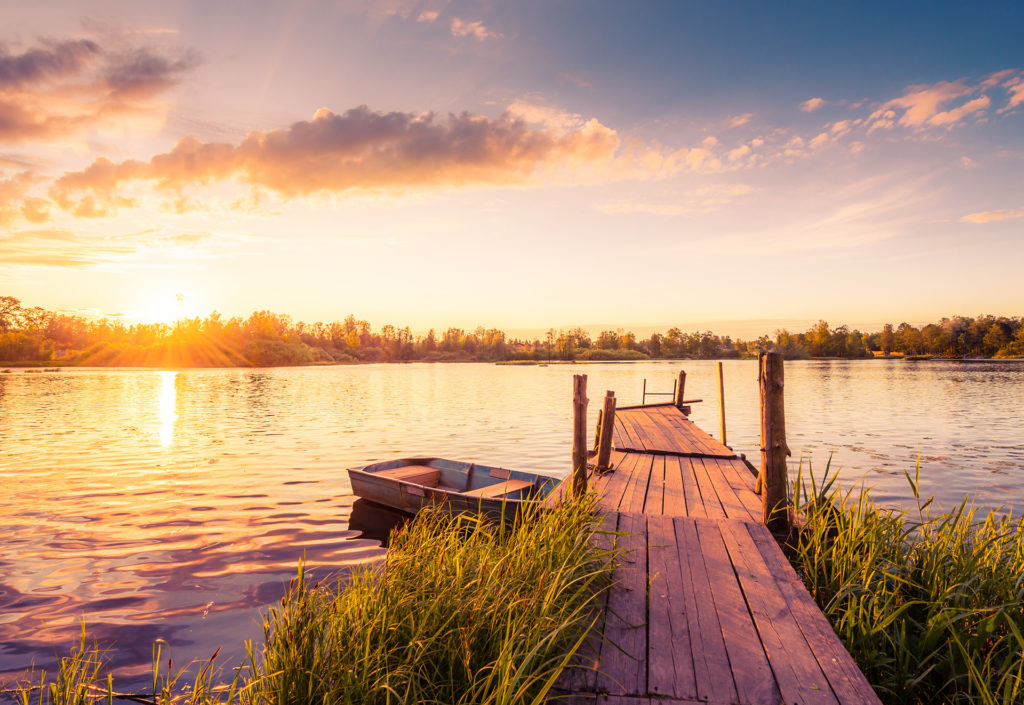Many people enjoy swimming in ponds as a way to cool off and have fun during the summer months. Ponds can provide a refreshing break from the heat, surrounded by nature and often offering a more serene experience compared to crowded pools or beaches. However, before taking a dip in a pond, it’s essential to consider whether or not it is safe for swimming.

Credit: aeclakes.com

Credit: m.youtube.com
Factors to Consider
Several factors come into play when determining if a pond is safe for swimming:
- Water Quality
- Water Depth
- Presence of Algae
- Temperature
- Currents and Underwater Hazards
Water Quality
The most critical factor to consider is water quality. Ponds can be affected by various pollutants, including agricultural runoff, waste from animals, and chemicals from nearby sources. High levels of bacteria, parasites, or other contaminants can make the water unsafe for swimming and potentially lead to illnesses.
Water Depth
Another factor to take into account is the depth of the pond. Shallow ponds can pose a drowning risk, especially for inexperienced swimmers or children. It’s important to ensure that the water is deep enough to swim safely and that there are no sudden drop-offs or underwater obstacles that could be hazardous.
Presence Of Algae
Algae blooms are a common issue in ponds, particularly during warm weather. Some types of algae can produce toxins that are harmful to humans and animals. Swimming in water with visible algae or a strong, unpleasant odor is not recommended, as it could lead to skin irritation, respiratory problems, or other health issues.
Temperature
The temperature of the water can also impact its safety for swimming. Extremely cold water can cause hypothermia, while water that is too warm may promote the growth of bacteria and algae. It’s essential to consider the temperature of the pond and how it may affect your comfort and well-being while swimming.
Currents And Underwater Hazards
Some ponds may have strong currents or hidden hazards beneath the surface, such as rocks, branches, or debris. These can pose a danger to swimmers, especially if they are not familiar with the pond’s layout. It’s crucial to be aware of any potential risks and take precautions to ensure a safe swimming experience.
Tips for Safe Pond Swimming
To enjoy a safe and pleasant swimming experience in a pond, consider the following tips:
- Check the water quality before swimming
- Observe the depth and underwater conditions
- Avoid swimming near algae blooms
- Test the water temperature before entering
- Stay aware of currents and potential hazards
- Swim with a buddy or in designated swimming areas
- Shower after swimming to remove any contaminants
Conclusion
While ponds can offer a refreshing and natural swimming experience, it’s essential to prioritize safety when deciding whether or not to swim in one. By considering factors such as water quality, depth, algae presence, temperature, and hazards, you can make an informed decision and ensure a fun and risk-free swimming outing.




